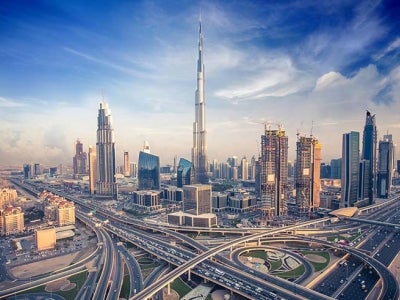
kids-lights-HP_5.png

kids-wind-plant.png
Energy is at the heart of widespread social, economic, and climate problems. In this context, there is no doubt that renewable energy sources constitute a key element of a sustainable future. Clean energy technologies are vital to alleviating poverty, expanding rural development, and protecting health while promoting sustainability and environmental quality. The productive use of renewable energy in rural areas helps raise incomes and improve health, providing power to pump water for irrigation, to process crops and power cottage industries, to light homes, schools, and hospitals - all services of premier importance and immeasurable impact in the remote rural areas.
This is why renewable energy has been a fundamental pillar of the operations of the Global Environment Facility (GEF). Financing renewable energy technologies and supporting removal of barriers to the adoption of renewable energy has been a key component of the GEF climate change strategy since the beginning of the GEF, 20 years ago.
As an operating entity of the financial mechanism of the United Nations Framework Convention for Climate Change, the GEF has demonstrated unique leadership by investing over US$1.2 billion in more than 200 renewable energy projects in almost 100 developing countries and economies in transition. These investments have been augmented by an additional US$8.3 billion in co-financing. GEF support has been instrumental in putting renewable energy on the agenda of all major developing countries and emerging economies, from China to India, from Argentina to Brazil, from Mexico to South Africa, from Morocco to Turkey, from Russia to Romania, and from Barbados to Tuvalu.
One example is GEF support for the successful expansion of the renewable electricity market in China. The regulations and policy changes put in place have provided remarkable results and will yield benefits for decades to come. The GEF has also been at the forefront of advancing innovative market-based mechanisms and financial instruments to promote renewable energy, including energy service companies, partial-risk guarantees, and revolving and equity funds.
Furthermore, the GEF has been a pioneer in the demonstration and deployment of new, pre-commercial technologies in developing countries. The first large-scale concentrated solar power plants in the developing world - in Egypt, Mexico, and Morocco - have been supported by the GEF.
The GEF has promoted the demonstration, deployment, diffusion, and transfer of renewable energy technologies in all levels of society—cook stoves and solar lighting and power at household level; minigrids for communities; renewable power for water and irrigation pumps in Sub-Saharan Africa and South Asia; grid-connected bulk power at national level.

egypt.jpg
These initiatives have helped the GEF become the largest public sector renewable energy technology transfer mechanism in the world, with investments that have contributed to the installation of more than 3 GWe and 2.8 GWth of renewable energy capacity, resulting in an estimated direct avoidance of at least 290 million tonnes CO2 over the life of the investments. Through catalytic effects and replication, indirect greenhouse gas emission reductions are estimated to be 1.2 billion tonnes of CO2.
The GEF’s work in renewable energy and climate change offers hope to the 2 billion people in the developing world who lack adequate energy services and rely on traditional biomass to meet their basic energy needs, and also benefits all 7 billion people through reduced greenhouse gas emissions and other related global environmental benefits. The GEF remains committed to promoting renewable energy in developing countries and economies in transition as an essential component of sustainable development that can address the climate change challenge.


